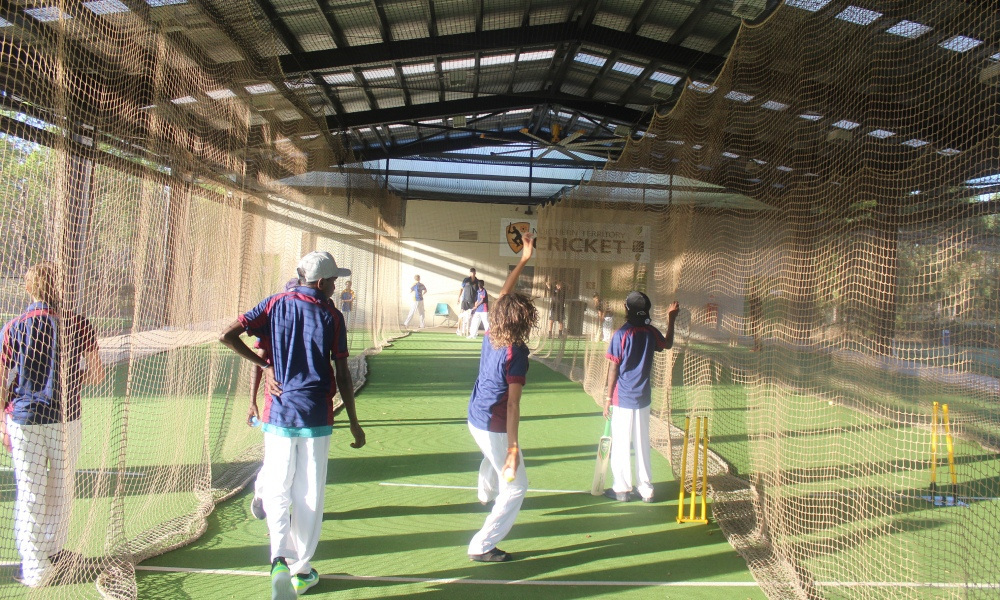Active engagement of Indigenous families and communities is critical to addressing Indigenous education disadvantage. That's the central message of a new Australian Education Review.
The review paper, released this month by the Australian Council for Educational Research, highlights several factors impeding educational success for Indigenous Australians. The Case for Urgency: Advocating for Indigenous voice in education, by Dr Kevin Gillan, Suzanne Mellor and Jacynta Krakouer, argues the case for evidence-based research and evaluation of educational programs.
Mellor, ACER Senior Research Fellow and co-author of the review, says The Case for Urgency reveals we have not successfully addressed the major issues facing Indigenous students in their learning. ‘This review shows that schooling practices need to integrate curriculum, pedagogy and assessment, and do this with a full understanding of students' contexts.'
The paper identifies five key Indigenous education challenges needing urgent action:
- Deficit and race-based assumptions in Indigenous education;
- Living away from home to study – boarding schools;
- Raising school attendance and engagement levels;
- Providing the best start – early childhood education; and,
- Engaging Indigenous communities in educational programs. (Gillan, Mellor & Krakouer, 2017)
Case studies of school-based programs
For each, the authors highlight case studies of programs in schools where staff and community educators have sought to address these challenges. Here's an overview of five of the case studies:
Deficit and race-based assumptions in Indigenous education: At Thornbury Primary School in Victoria, all students (Indigenous and non-Indigenous) are taught the Woiwurrung language of the Wurundjeri people – the traditional owners of the land the school is on. Linguists from the Victorian Aboriginal Education Association have helped educators create the program, as well as teaching and learning resources such as storybooks. The language lessons are part of the students' Indigenous studies and are embedded in the LOTE curriculum. The school is training more Indigenous educators to deliver the subject and has also developed an interactive app for students. The review paper says of the school program: ‘Teaching an Indigenous language in a multicultural schooling context is an example of how schools can not only assist in strengthening Indigenous children's connection to culture, but also can help schools challenge racism and deficit assumptions about Indigenous education. Thornbury Primary School is an exciting example of how even urban schools can showcase the positive aspects of Indigenous culture to non-Indigenous students and families, while also fostering pride in Indigeneity for Indigenous students.'
Living away from home to study – Boarding schools: The Wunan Foundation boarding school model seeks to foster students' connection to their home and culture. The review authors point out that boarding schools are a necessary reality for many remote-living Indigenous children who want to continue secondary education. ‘The remote-living Indigenous child's view of learning is coloured by their knowing that to continue schooling past primary levels will involve them leaving their family, and this can act as a disincentive at many stages of education.' The foundation uses ‘house parents' – an adult carer usually from the same community as the students. It also ensures students who board together are also from the same community. ‘The apparent success of the Wunan approach in boarding schools appears to stem from a combination of Indigenous students living and schooling with students from their local community, having an adult carer from their home community, which may alleviate issues stemming from homesickness and cultural discontinuity and provides a person, who is known to the students and their parents, who can act “in loco parentis”.'
Raising school attendance and engagement levels: The report highlights the ‘outstanding' success of the Clontarf Foundation, which uses sport as one way to engage Indigenous students in secondary school. The non-profit organisation runs 74 academies in four states and territories. The review paper reports: 4600 students participated in the academy programs last year; the overall attendance rate for 2015 was 80 per cent, with 61 per cent of academy members recording an attendance rate of 80 per cent or better; and 82 per cent of Year 12 students from 2015 remain in employment or further education 12 months after graduating. ‘[The achievements] far exceed national data or targets. What is exceptional about these outcomes is that are being achieved in remote settings, where a high percentage of students probably do not continue schooling past Year 8,' the review authors comment.
Providing the best start – Early childhood education: The Families as First Teachers (FaFT) Indigenous Parenting Support Services Programs operate in 30 locations across the Northern Territory and 10 in Queensland. It uses culturally appropriate resources underpinned by evidence-based teaching and learning strategies (the Abecedarian Approach) to support children from birth to five. ‘Readiness for school is delivered through a focus on literacy and numeracy foundational skills, familiarity with the school programs in which the students will participate in the future, and it provides initiatives that engage parents and other family members with school staff, including the school principal,' the report explains. ‘All these elements contribute to student readiness for school, to easier transition to school for students, and to parents' understandings and ongoing engagement in their children's schooling.'
Engaging Indigenous communities in educational programs: The Gunbalanya School, in the Kunbarllanjnja community in East Arnhem Land, is 320 kilometres east of Darwin. From January to March (the wet season) it can only be reached by air. The school, offering education from crèche to Year 12, uses the FaFT program and has two outstation learning centres some 80+ kilometres away. The review says, since 2013, the school has consistently outperformed all other remote schools across the territory and continues to have a core of students who graduate Year 12 with an NT Certificate of Education and Training. It puts the success down to a combination of strategies, including innovative education practice focused on the needs of the students and local community and a co-principalship model, where a fully qualified Indigenous principal from the community works with a non-Indigenous school principal. ‘They share and take end-of-line responsibility for the key educational leadership decisions. The Indigenous principal takes key responsibility for community engagement and the non-Indigenous principal for administration. Both take joint responsibility for curriculum provision. This is a model that could be adopted anywhere.' The school also has a very low teacher turnover rate, thanks to the development of a continuous induction program led by key community members. It includes visits to cultural sites, Kunwinjku language lessons and discussions with clan groups.
References
Gillan, K., Mellor, S. & Krakouer, J. (2017) The Case for Urgency: Advocating for Indigenous voice in education. Australian Education Review No. 62. Australian Council for Educational Research, Melbourne, Vic. http://research.acer.edu.au/aer/16/
One of the key challenges identified in the paper is: Deficit and race-based assumptions in Indigenous education.
Think about your own school context: How are you fostering pride in Indigeneity for Indigenous students and their families? Do you regularly showcase the positive aspects of Indigenous culture to non-Indigenous students and the wider community? Do parents and families have an active voice in your school community?



